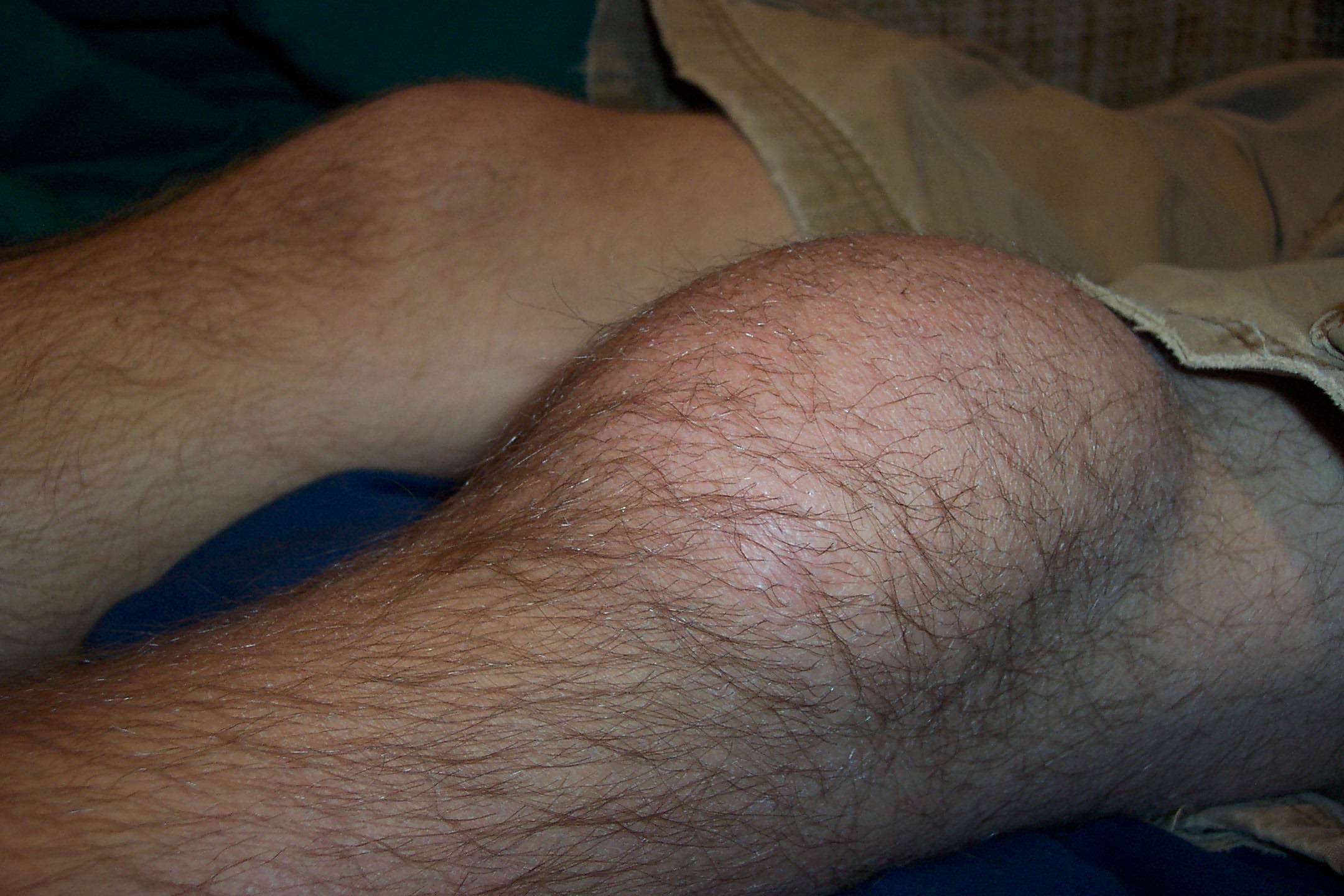Bursitis Of The Knee
- font size decrease font size increase font size
 Nowadays, our lifestyle along with our working environment has a lot of impact on our health. Our body experiences several minor traumas on a day- to- day basis and the extent of these traumas depends on our individual pressures, both emotional and physical.
Nowadays, our lifestyle along with our working environment has a lot of impact on our health. Our body experiences several minor traumas on a day- to- day basis and the extent of these traumas depends on our individual pressures, both emotional and physical. Causes
The bursitis of the knee can be caused due to several minor traumas or in some cases with a single trauma of high intensity. In medical terms, bursa in the human body contains synovial fluid in a small pouch which serves a prominent purpose of reducing friction between structures. Prepatellar bursa is the most common type of bursa which is responsible for pain in the knee. Moreover, due to its thin walls, the bursae are commonly inflamed and cause much irritation. Some other causes of bursitis of the knee are alcohol abuse, diabetes, gout and sarcoidosis. In cases of idiopathic, the trauma is not even remembered by the patient but would still have the same effect.
One of the causes is infection. The bursae, prepatellar and olecranon are found to be the most susceptible to infection. The causes for infection are trauma or else bacteria which travel from another site where infection was already present. In some cases, it is found that bursitis of the knee is caused by fungi and anaerobes. In the rarest of cases, it is found that tuberculosis is also a cause.
Symptoms
It is not difficult to identify symptoms of bursitis of the knee as it is easily apparent from the swelling around the area of the kneecap. If the area is infected, it turns red and not much pain is felt unless pressure is applied directly to the affected area or in some cases near the region of swelling. The movement of the knee is not compromised to any great extent although it is not comfortable to work at the same pace due to slight stiffness and pain. Sometimes, the bursitis of the knee is accompanied by fever.
Treatment
It is always said that prevention is better than cure but this is often not taken seriously. It is possible to prevent bursitis of the knee with a bit of care, for instance by avoiding any frequent motions with the knee and also by preventing trauma. If you already suffer from the condition, then it is preferable to wear suitable knee pads for protection. Diagnosis of infectious and non-infectious bursitis is different and hence, it becomes necessary to go for a physical examination with a probe into medical history.
Elevation of the leg and rest are the best treatment for non-infectious bursitis, along with the application of ice on the affected area. Drugs with anti-inflammatory action are available. In severe cases, it is sometimes mandatory to use fine-needle aspiration. Added, the treatment of bursitis only during the swelling is not enough as it requires care even after the injury. The best care is to regularly perform your recommended exercises after the treatment. Surgery, drainage or oral antibiotics are options which are available but it is the individual's prerogative to choose between them. However, most of the experts agree that avoiding surgery and drainage is always beneficial.
----------------------------------------------------
Dr. James S. Pendergraft opened the Orlando Women's Center in March 1996 to provide a full range of health care for women. http://www.womenscenter.com/
